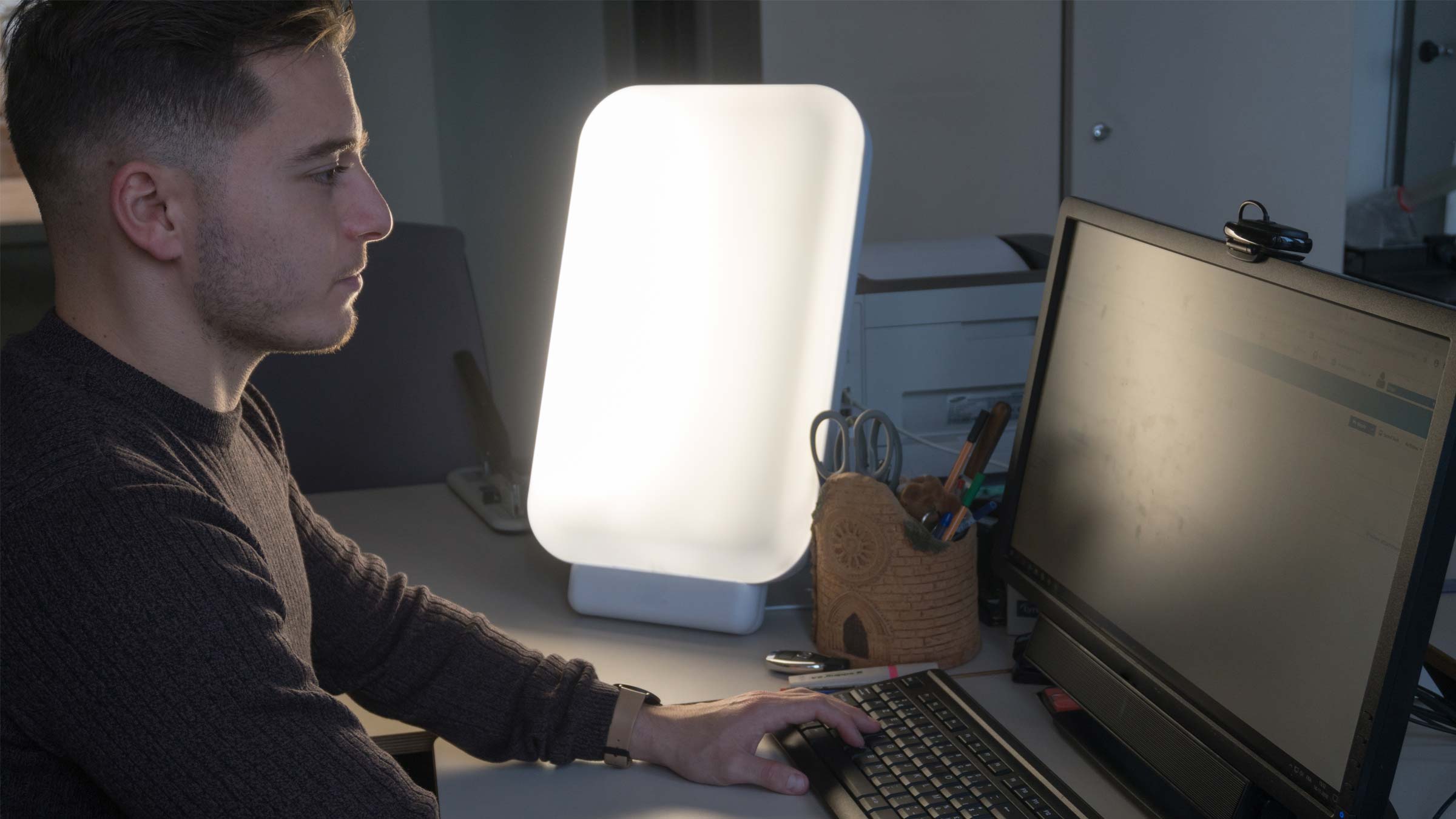
What is seasonal affective disorder?
Seasonal affective disorder (SAD) is a type of depression that can settle in as the seasons change, often as the days grow shorter in the fall and winter.
For many people, those depression symptoms lessen in the spring and summer. But what to do until longer days and warmer temperatures return? Light therapy can mimic the benefits of sunlight, and it’s one of several tools available to people experiencing SAD.
Do SAD light therapy lamps really work? Are they safe?
Light therapy lamps can be effective when used alone for mild to moderate episodes of seasonal depression and when used in combination with medication and psychotherapy for severe episodes of seasonal depression.
When used as directed, light therapy lamps are generally safe and have minimal side effects. There have been numerous studies dating back to the 1990s that have compared light therapy to lower-intensity light or placebo, and light therapy has consistently been found to be more effective in alleviating seasonal depression symptoms. Approximately 60% of people using light therapy for seasonal depression will experience a significant improvement in their symptoms.
How long should you use light therapy lamps for SAD?
In people with unipolar (more typical, not bipolar) depression, light therapy is administered daily in the morning for about 30 minutes. For people with bipolar depression, which can include periods of abnormally elevated moods, light therapy is best administered daily in the middle of the day for about 30 minutes.
How long does it take to see results from SAD light therapy lamps?
When using light therapy, you can expect to see improvement in symptoms within two weeks of consistent daily use.
What are the side effects of using SAD light therapy lamps?
The most common negative effects from light therapy are headache and eye strain, which can happen in up to 15% of people using light therapy. In some cases, light therapy can worsen mental health. (For example, people with bipolar disorder are at risk of becoming manic if light therapy isn’t used correctly.)
If light therapy is used too long during one period or used later in the day, it can cause insomnia.
If you have a pre-existing eye condition, it’s important to consult with your eye doctor before using light therapy.
What should you look for in a SAD light therapy lamp?
The most important feature of a light therapy lamp is the strength of the bulbs. The light therapy lamp should be 10,000 lux. It’s also important for the light therapy lamp to be UV-free or filter out UV light so that you’re not exposing yourself to harmful UV rays.

Help for mental health conditions
Ohio State offers personalized, compassionate care for your mental health concerns.
Learn more




